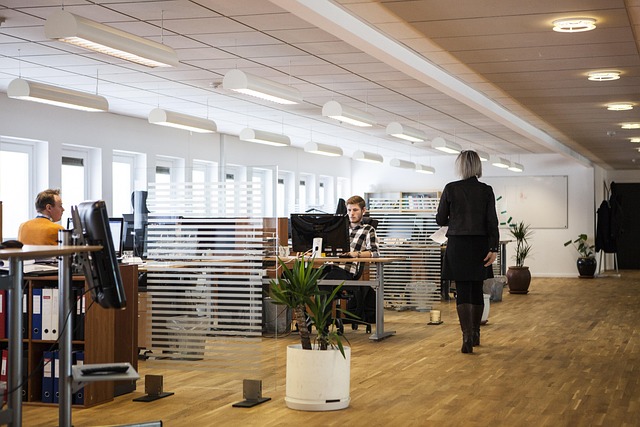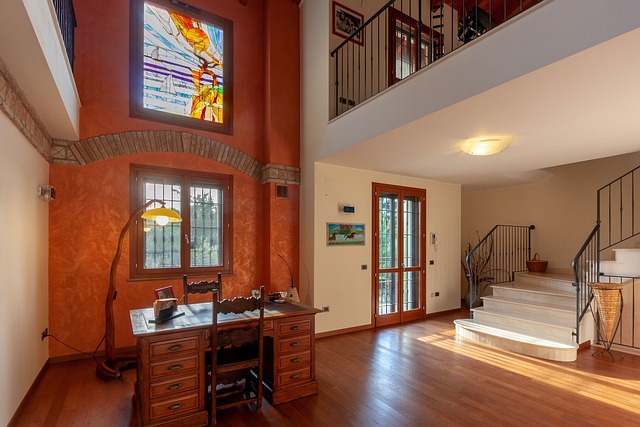The sudden shift to remote work has drastically changed the commercial real estate market, leading to a decline in demand for large fixed-space offices and a surge in interest for flexible office solutions, co-working spaces, and mobile workforce-friendly retail stores. Landlords and developers are adapting by converting buildings into mixed-use spaces with residential units, co-working areas, and shops. This transformation is reshaping urban landscapes, turning business districts into vibrant communities serving both remote workers and local residents, while creating unique opportunities in real estate for diverse professional needs.
The rise of remote work has dramatically reshaped the commercial real estate landscape, forcing businesses and developers to adapt to a new reality. As companies embrace flexible work arrangements, traditional office spaces are no longer the sole driver of demand. This article explores the significant impact of this cultural shift on commercial properties, focusing on strategies for reimagining and revitalizing real estate in an era defined by remote work. We delve into market dynamics, demographic changes, and technological advancements that influence demand, offering insights into the future of the industry.
The Shift to Remote Work and Its Impact on Commercial Spaces

The sudden shift to remote work has brought about a significant transformation in how we perceive and utilize commercial spaces. With many employees now working from home, there’s a growing demand for flexible office solutions, co-working spaces, and even retail stores that cater to the needs of a mobile workforce. Traditional real estate markets are experiencing a shakeup as companies downsize or reconfigure their physical offices to accommodate hybrid work models.
This change has led to a decrease in demand for large, fixed-space offices, prompting landlords and developers to adapt. Some buildings are being converted into mixed-use spaces that include residential units, co-working areas, and retail shops, all designed to appeal to a diverse range of tenants. The impact is evident in urban landscapes where once-bustling business districts are evolving into vibrant communities that cater to both remote workers and local residents alike.
– Exploring the rapid change in work culture due to remote work arrangements.

The recent shift to remote work has brought about a remarkable transformation in the way we approach professional lives, with implications extending far beyond individual productivity. This cultural pivot is reshaping urban landscapes and commercial real estate markets globally. The once bustling office spaces are now emptying out as employees settle into their homes, leading to a significant demand shift for both residential and commercial properties.
As companies adapt to new ways of operating, the traditional concept of a central workspace is evolving. This change is driving unique opportunities in real estate, where remote work arrangements have sparked interest in more affordable, suburban office spaces and the reimagining of urban areas to accommodate varying professional needs. The rapid adaptation to this new work culture is setting the stage for a dynamic future in commercial demand.
– Analyzing how this shift has altered the demand for traditional office spaces and commercial real estate.

The shift to remote work has significantly reshaped commercial real estate demands, leading to a reevaluation of traditional office spaces. With many employees now capable of performing their duties from home, the necessity for vast, dedicated workspaces has diminished. This trend is evident in reduced occupancy rates for business parks and downtown office buildings, as companies downsize or reconsider their real estate holdings.
Furthermore, the demand for commercial properties has become more diverse. Co-working spaces, for instance, have gained popularity as they offer flexible leasing options and community feel, appealing to both remote workers seeking a change of scenery and startups requiring temporary space. This shift in demand pressures traditional real estate markets, compelling developers and landlords to adapt by creating hybrid workspaces that cater to the new normal.






